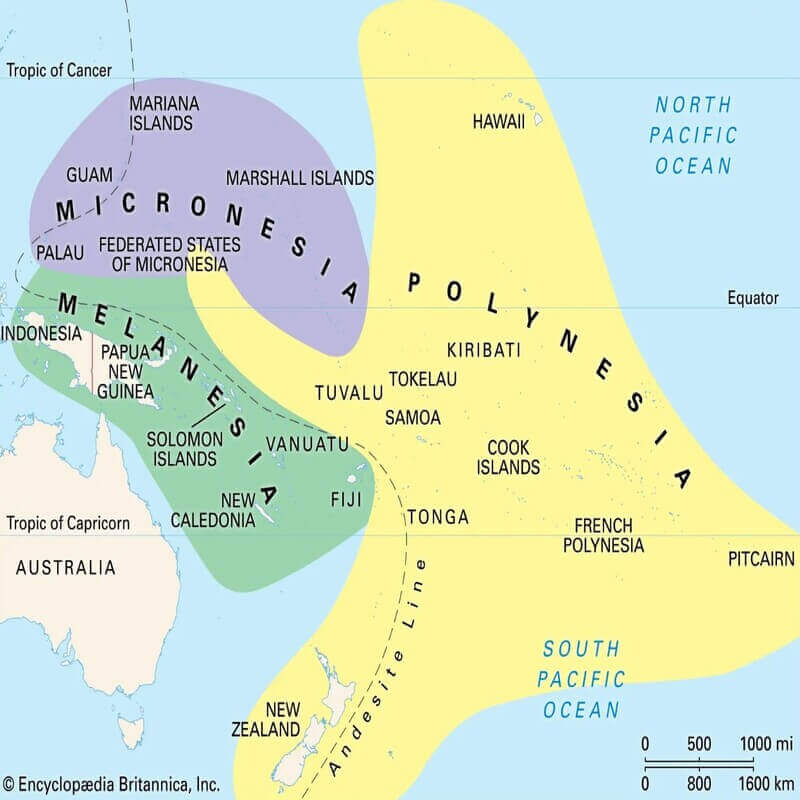Note4Students
From UPSC perspective, the following things are important :
Prelims level: FIPIC and its member countries; Act East Policy
Why in the News?
- India as a member of FIPIC, has pledged $1 million for relief efforts in flood-hit “Papua New Guinea” showcasing solidarity with the affected nation.

What is the Forum for India–Pacific Islands Cooperation (FIPIC)?
|
Overview
- Purpose: To enhance India’s engagement with Pacific Island nations and support their development priorities through cooperative projects and initiatives.
- Members: Includes India and 14 Pacific Islands nations (Cook Islands, Fiji, Kiribati, Marshall Islands, Federated States of Micronesia, Nauru, Niue, Samoa, Solomon Islands, Palau, Papua New Guinea, Tonga, Tuvalu, and Vanuatu).
Summits
- First Summit – Suva, Fiji (November 2014)
- Context: Initiated by Indian Prime Minister Narendra Modi following the re-establishment of democracy in Fiji.
- Significance: The summit highlighted the geopolitical interest of major powers in the Pacific, with Chinese leader Xi Jinping visiting Fiji shortly after Modi.
- Second Summit – Jaipur, India (August 2015)
- Follow-up: As a continuation of the first summit, Modi invited the leaders of the 14 Pacific Islands to Jaipur.
- Discussions: Covered cooperation in areas such as the blue economy, oil and natural gas, IT, healthcare, fishing, and marine research. Modi also assured to address their climate change concerns at the 2015 UN Climate Change Conference (COP 21) in Paris.
- Third Summit – Papua New Guinea (May 2023)
- Current Status: Most recent summit, emphasizing ongoing cooperation and collaboration between India and the Pacific Island nations.
Back2Basics: India’s Act East Policy
| Details | |
| Launched in | November 2014, by PM Modi |
| Objective |
|
| Scope |
|
| Key Dimensions (4C’s) |
|
| Security Focus |
|
| Historical Context (Look East Policy) |
|
| Evolution from Look East Policy | Act East Policy is an upgrade and expansion of the Look East Policy, incorporating more comprehensive engagement strategies, including security cooperation and broader geographical focus. |
| Significant Engagements |
|
| Major Projects | Major projects under the policy include:
|
PYQ:[2016] Evaluate the economic and strategic dimensions of India’s Look East Policy in the context of the post-Cold War international scenario. [2011] With reference to “Look East Policy” of India, consider the following statements:
Which of the statements given above is / are correct? (a) 1 only (b) 1 and 3 only (c) 3 only (d) 1, 2 and 3 |
Get an IAS/IPS ranker as your 1: 1 personal mentor for UPSC 2024
